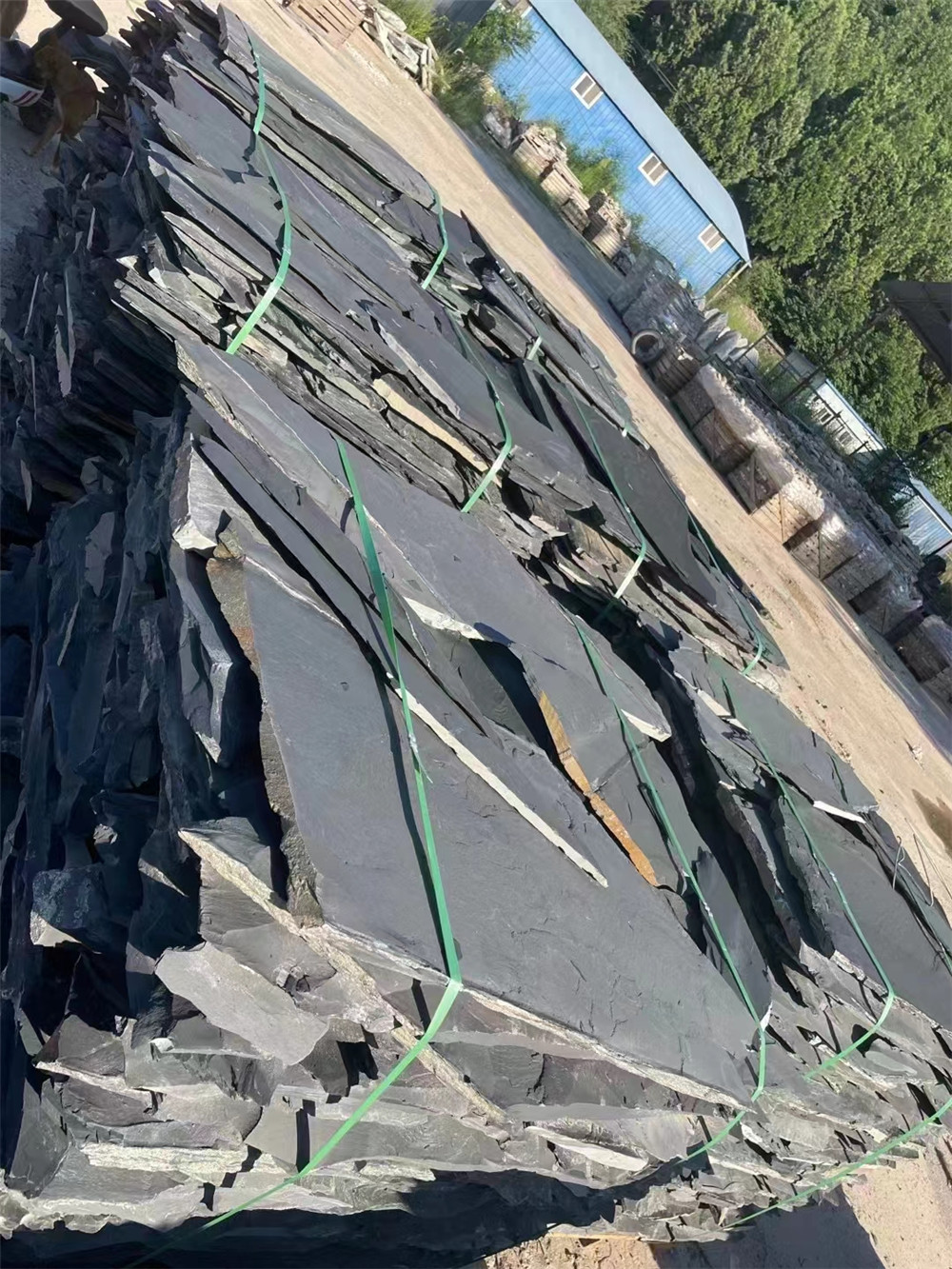Introduction:

Coastal areas are known for their stunning natural beauty, with the combination of ocean views, sandy beaches, and rugged cliffs creating a unique and desirable living environment. Coastal architecture often seeks to reflect and enhance this natural beauty, blending seamlessly with the surrounding landscape. Stone veneer for commercial buildings to achieve this is through the use of coastal cultured stone, a versatile and aesthetically pleasing building material that offers both visual appeal and practical benefits. In this article, we will explore the various aspects of coastal cultured stone, from its origins and manufacturing process to its applications in coastal architecture and the advantages it offers in terms of durability and sustainability.
Origins and Manufacturing Process:
Cultured stone, also known as manufactured stone or faux stone, is a man-made product designed to mimic the look and feel of natural stone. Coastal cultured stone is a specific type of cultured stone that is designed to evoke the rugged and weathered appearance of stones found in coastal regions. This type of stone typically features a textured surface, irregular shapes, and a range of colors that reflect the natural palette of coastal landscapes.
The manufacturing process of coastal cultured stone involves a combination of natural materials, pigments, and binders that are molded and shaped to resemble natural stone. The result is a lightweight and durable product that can be easily installed on various surfaces, including walls, facades, and fireplaces. Coastal cultured stone is available in a wide range of styles and finishes, allowing architects and designers to create customized looks that complement the surrounding environment.
Applications in Coastal Architecture:
Coastal cultured stone is a popular choice for architects and builders working on projects in coastal areas due to its ability to enhance the natural beauty of the surroundings. From beachfront homes and seaside resorts to coastal cottages and waterfront restaurants, coastal cultured stone can be used to create a variety of architectural styles that blend seamlessly with the landscape.
One of the key advantages of coastal cultured stone is its versatility in design. With a wide range of colors, textures, and shapes available, architects and designers have the freedom to create unique and eye-catching facades that stand out against the coastal backdrop. Whether used as a feature wall, a decorative accent, or a full exterior cladding, coastal cultured stone can add character and charm to any coastal building.
In addition to its aesthetic appeal, coastal cultured stone also offers practical benefits in terms of durability and maintenance. Unlike natural stone, which can be heavy and difficult to install, coastal cultured stone is lightweight and easy to work with, making it a cost-effective choice for coastal projects. Additionally, coastal cultured stone is resistant to the elements, including saltwater, wind, and UV exposure, making it a long-lasting and low-maintenance option for coastal buildings.
Advantages of Coastal Cultured Stone:
There are several advantages to using coastal cultured stone in coastal architecture, including:
1. Aesthetic Appeal: Coastal cultured stone adds a touch of natural beauty and warmth to coastal buildings, enhancing their visual appeal and creating a sense of harmony with the surrounding environment.
2. Versatility: Coastal cultured stone is available in a wide range of styles, colors, and finishes, making it suitable for a variety of architectural styles and design preferences.
3. Durability: Coastal cultured stone is highly durable and resistant to the elements, making it a long-lasting and low-maintenance choice for coastal buildings that are exposed to saltwater, wind, and other harsh conditions.
4. Sustainability: Coastal cultured stone is an environmentally friendly building material, as it is made from natural materials and can be recycled or reused at the end of its life cycle.
5. Cost-Effective: Coastal cultured stone is a cost-effective alternative to natural stone, offering the same aesthetic appeal at a lower price point.
Overall, coastal cultured stone is a versatile and practical choice for architects and builders working on coastal projects, offering both aesthetic and functional benefits that enhance the beauty and durability of coastal buildings.
Conclusion:
Coastal cultured stone is a valuable addition to the toolkit of architects and builders working on projects in coastal areas. Its ability to mimic the look and feel of natural stone, combined with its durability and sustainability, make it an attractive choice for enhancing the beauty and longevity of coastal architecture. By utilizing coastal cultured stone in their designs, architects and designers can create buildings that not only blend seamlessly with the coastal landscape but also stand the test of time against the elements. With its aesthetic appeal, versatility, and practical benefits, coastal cultured stone is sure to continue playing a key role in the evolution of coastal architecture for years to come.
